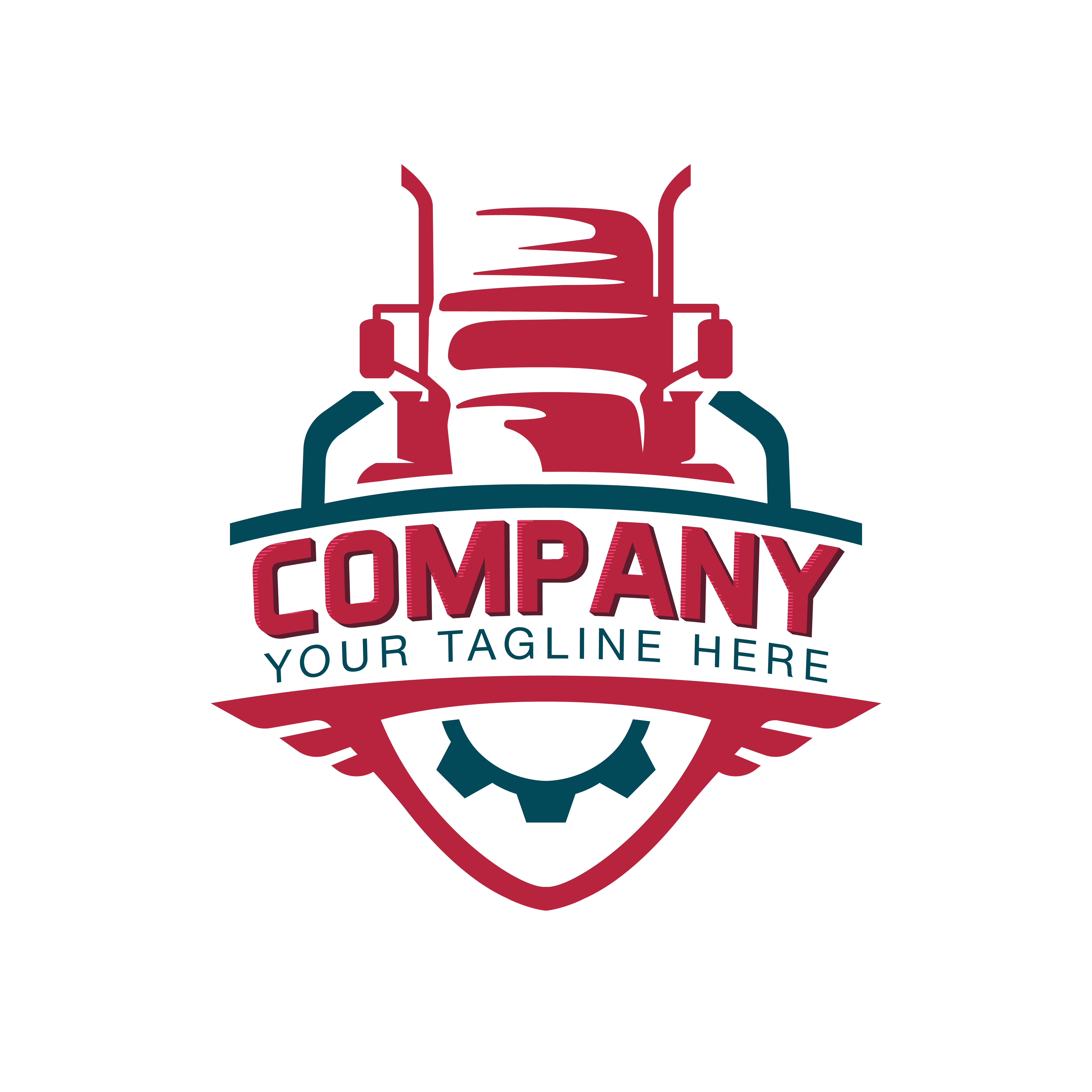
After the war ended, a plenitude of surplus military trucks made their adoption attractive to logging companies, particularly smaller outfits that could not afford expensive locomotives. The United States Army assigned thousands of men to the Spruce Production Division to build roads into western Washington to harvest the dispersed stands of the best trees. The coming of World War I and the resulting demand for the Pacific Northwest's Sitka spruce for airplanes "established log trucking in Washington". Ī truck was used for logging in Covington, Washington, in 1913.

The final development was the logging truck. These were superseded by steam-powered donkeys and locomotives. As the supply dwindled and loggers had to go further from water, they used teams of oxen or horses for hauling. The most convenient trees to cut down were those near waterways for easy transportation.

History Moreland trucks with solid tires on Moses Mountain in the 1920s

Some have integrated flatbeds, some are discrete tractor units, and some are configured to spread a load between the tractor unit and a dollied trailer pulled behind it. A logging truck or timber lorry is a large truck used to carry logs.


 0 kommentar(er)
0 kommentar(er)
